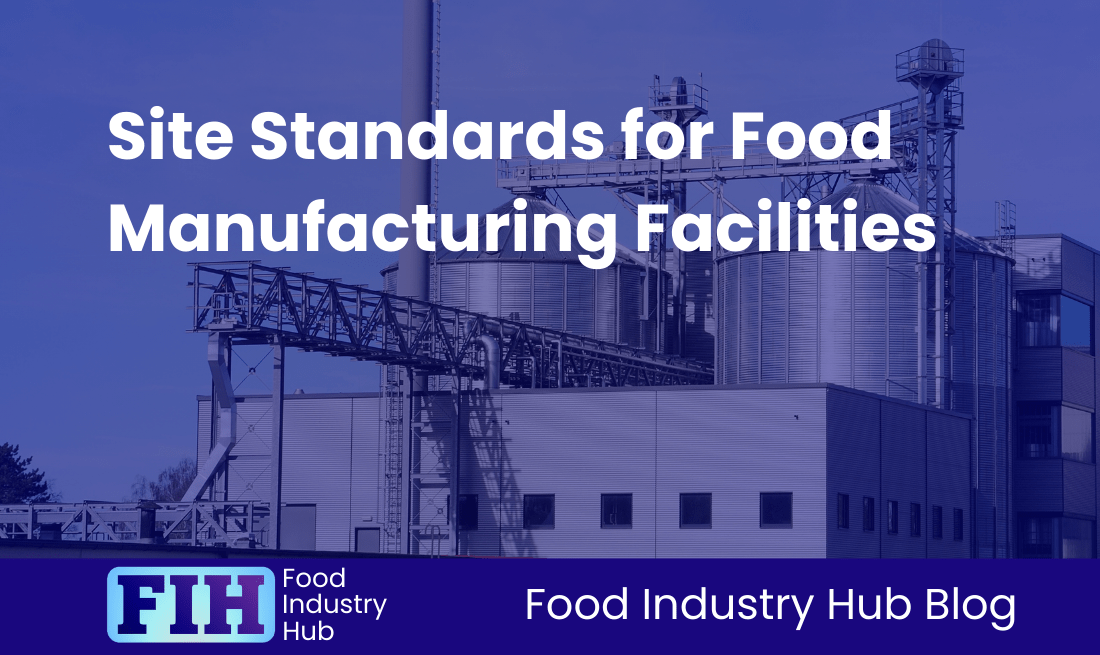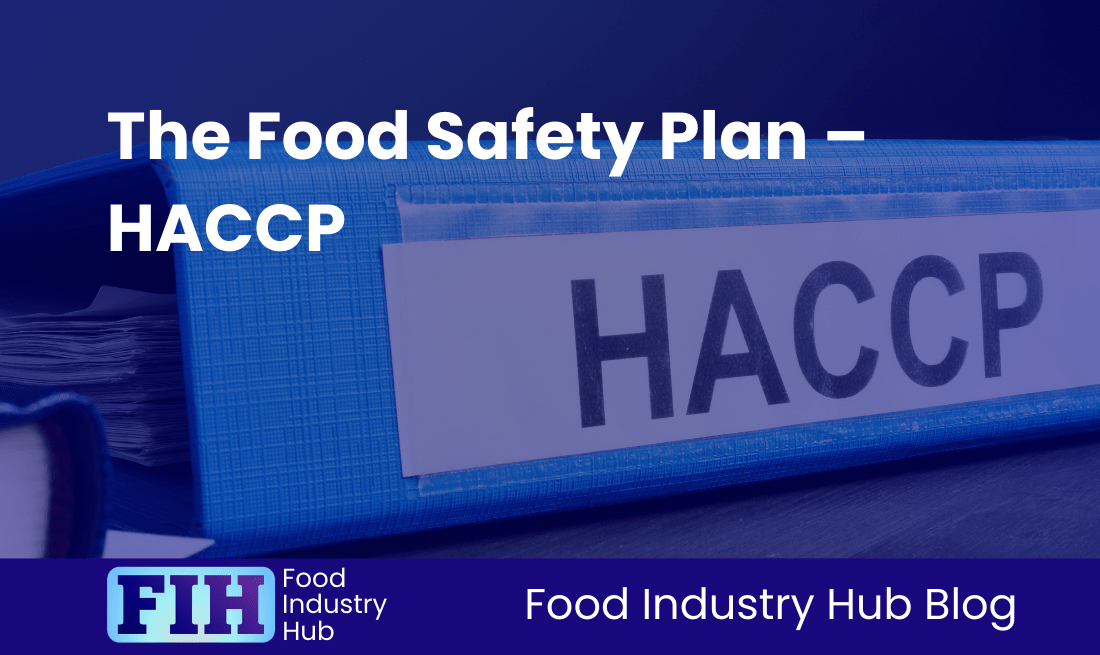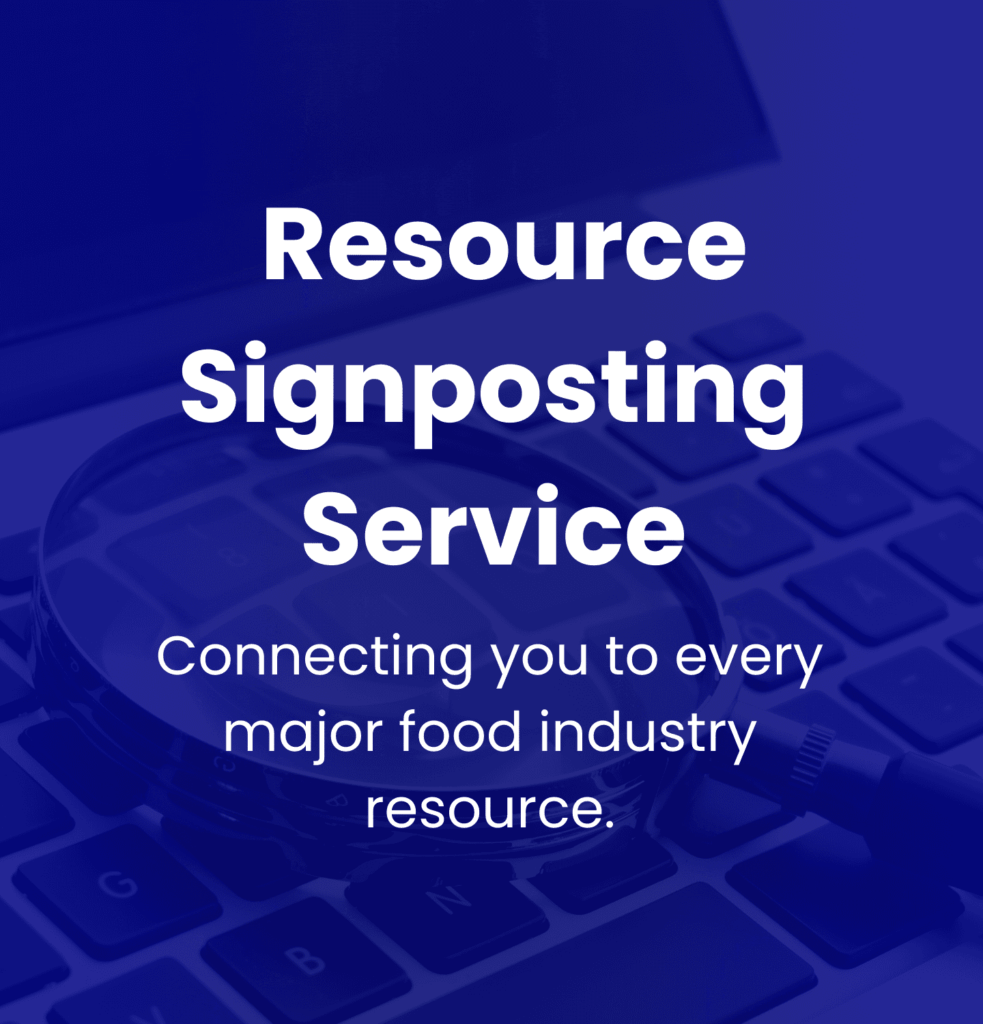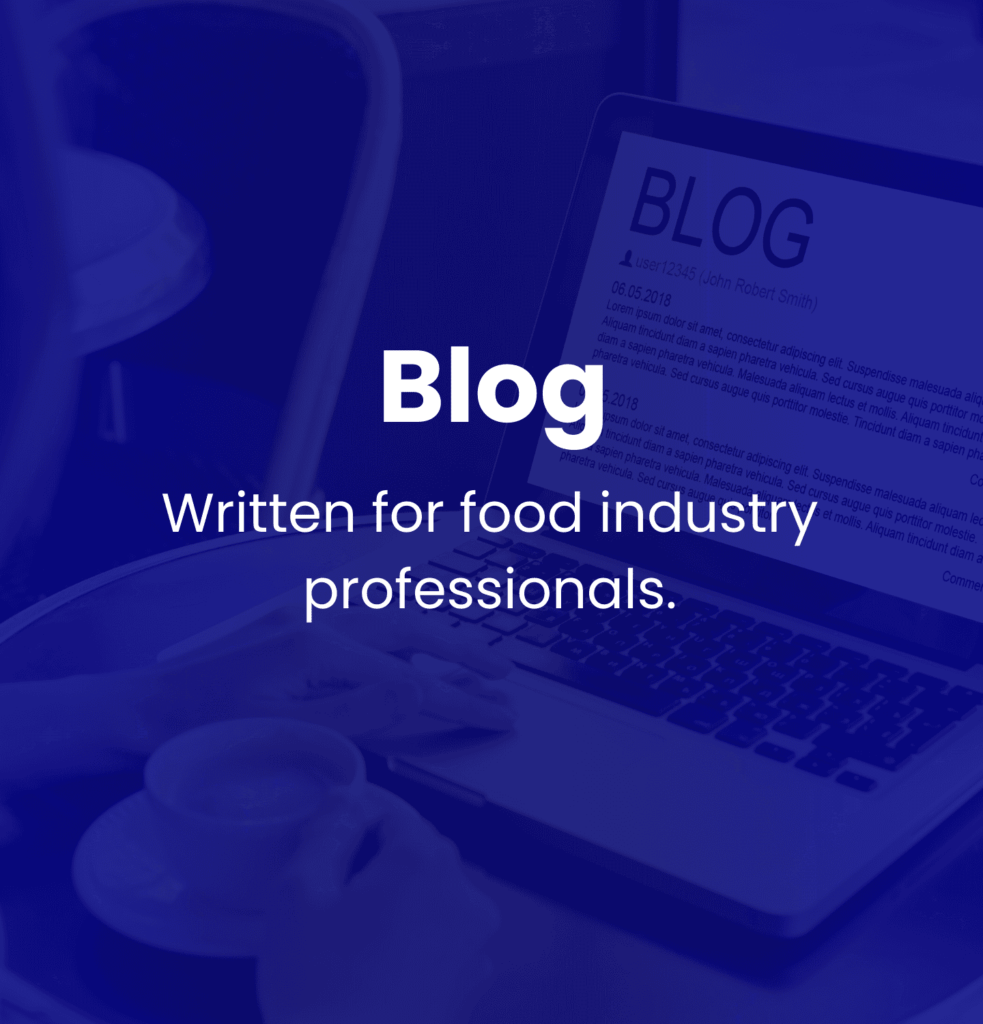Know: Biological Hazards
Introduction
Biological hazards hold an important role in food safety and have significant implications for public health. The prospect of foodborne illnesses arising from these hazards underlines the immediate necessity for rigorous safety protocols within the food industry. An all-encompassing understanding of biological hazards is the key to ensuring food products are safe and of high quality.
Definition of Biological Hazards
Biological hazards are best defined as living organisms or substances produced by these organisms that pose risks to human health. This category primarily includes bacteria, viruses, fungi, and parasites. Such microscopic entities have the potential to contaminate food at any stage of production. For instance, pathogens like Salmonella, Listeria, and E. coli can multiply under favourable conditions, while viruses such as norovirus are notably resilient and highly transmittable.
Significance in the Food Manufacturing Industry
In the food manufacturing industry, biological hazards have a significant impact on food safety and quality. Contamination can stem from various sources, like improper handling, cross-contamination, and lapses in hygiene practices. From a legal perspective, adhering to food safety regulations is mandatory to prevent contamination and potential legal repercussions. The consequences of biological hazards on food quality can be considerable, leading to spoilage, product recall, and a detrimental impact on a company’s reputation and financial stability.
Context and Relevance
These hazards are closely tied to broader topics in food safety and legality. They form part of a larger framework of food hazards, which also include allergenic, chemical, and physical threats. Understanding the nature and impact of biological hazards is a fundamental requirement for maintaining consumer confidence and compliance with regulatory standards. Implementing strategies such as Food Safety Management Systems (FSMS) and Hazard Analysis and Critical Control Points (HACCP) are key in managing these risks effectively.
Introduction to Major Content Themes
As we delve into this article, core topics will be discussed, including understanding biological hazards, preventative measures, regulatory structures, emerging trends, and the challenges posed by the global supply chain. For food manufacturers, taking a proactive approach towards these biological threats is of utmost importance, as it has major implications for product safety and legal compliance.
Key Takeaways
In the interest of food safety, it is significant to understand biological hazards, the risks they pose and the measures necessary to control them. Biological hazards, including bacteria, viruses, parasites, and fungi, have the potential to severely affect human health. For instance, bacteria like Salmonella, Listeria, and E. coli are notable for their ability to flourish and produce toxins under favourable conditions. Viruses such as norovirus and Hepatitis A typically originate from contaminated food, while parasites like Giardia are commonly associated with raw or undercooked meats. Some types of fungi are capable of generating toxins that remain active even after cooking, resulting in foodborne illnesses.
The Importance of Prevention and Control
Efficient risk mitigation calls for comprehensive prevention and control strategies from food manufacturers. Incorporating Food Safety Management Systems (FSMS), specifically Hazard Analysis and Critical Control Points (HACCP) and Good Manufacturing Practices (GMP), is a necessity. Regular tests and audits of products and manufacturing environments can help ensure compliance with safety standards. It is also key to provide ongoing training for food handlers on hygiene practices to help reduce chances of cross-contamination.
Significance of Regulatory Frameworks
Regulatory frameworks set the standards for safety practices across distinct markets. Standardised guidelines are important, not only for maintaining safety and legality but also for ensuring manufacturers can adapt to the different regulatory environments. Compliance isn’t just important for building consumer trust, but it is also central to gaining entry into international markets.
Impact of Emerging Trends
The approach towards managing infectious hazards is evolving due to emerging trends and technology-led innovations. Advanced sanitation methods, such as antimicrobial coatings and bacteriophages, are increasingly used for improving pathogen control. Rapidly available data insights coupled with enhanced traceability systems have transformed supply chain management, enabling timely reactions to instances of contamination.
Role in Global Supply Chains
Biological hazards present notable challenges in global supply chains, especially regarding cross-border trade. The risk of contamination during transport and the intricacies of fluctuating regulations between markets compel food manufacturers to maintain effective oversight and commitment to international safety standards. Clear protocols can help reduce the incidence of cross-contamination and ensure compliance across the spectrum of food production and distribution.
Food Industry Hub Management Systems can significantly boost the effectiveness of your food safety and quality management system, leading to improved confidence and elevated quality assurance throughout your operations.
Understanding Biological Hazards in The Food Manufacturing Industry
Biological hazards in the food industry originate from pathogenic organisms or their derivatives that may induce illnesses or fatalities upon consumption. These hazards, including bacteria, viruses, parasites, and fungi, can contaminate food at any production or distribution stage. Gaining knowledge about these hazards is of prime importance for the successful execution of safety practices intended to uphold food quality and public health.
Four Primary Categories of Biological Hazards
1. Bacteria:
Bacteria pose a considerable risk to food safety due to their role in foodborne illnesses. Pathogens such as Salmonella, E. coli, Campylobacter, and Listeria are frequently linked to food contamination. These bacteria thrive and multiply rapidly in certain environments, and some may generate heat-resistant toxins. For instance, Staphylococcus aureus can result in severe gastrointestinal discomfort due to its enterotoxins, even if the bacteria itself is eliminated by cooking. Another concern is certain species like Listeria monocytogenes which can create biofilms, soil-resistant structures that complicate sanitation efforts.
2. Viruses:
Foodborne viruses like norovirus and hepatitis A are potential threats in the food manufacturing industry due to their ability to cause mass illness. These viruses can enter food through infected handlers, polluted water or shellfish. Unlike bacteria, viruses do not multiply within food, making prevention reliant on thorough hygiene practices rather than food contamination surveillance. With norovirus being a prominent cause of foodborne illness outbreaks, sanitation practices in food handling environments need to be rigorous to ensure public health [Source: HFAFNB].
3. Parasites:
Parasites, particularly Cryptosporidium and Giardia, are noteworthy threats found in undercooked meats and contaminated water. These pathogens can lead to gastrointestinal infections requiring medical intervention. Firm cooking practices and efficient water treatment methods are crucial for mitigating these risks during food manufacturing [Source: FSNS].
4. Fungi:
Fungi such as molds and yeast can produce mycotoxins, toxic compounds, detrimental to human health. One such example is the mold Aspergillus, which generates aflatoxins, known carcinogens linked to serious health conditions. As these mycotoxins remain even after the removal of the mold, preventive strategies like proper storage and food product monitoring is required to control fungal contamination.
Bacterial Toxins and Biofilms
Bacterial toxins play a significant role in food safety. Their presence remains in food products even when the bacteria themselves have been eliminated. In the food processing environment, the existence of biofilms presents an enormous challenge. These structured bacterial communities can withstand traditional cleaning techniques. Therefore, the development of cutting-edge cleaning technologies, such as antimicrobial surfaces, is crucial for managing biofilm-related risks [Source: FSNS].
Viral Contamination Risks
The risks arising from viral contamination loom large as they can persist in food handling environments, leading to outbreaks. Contamination can occur through infected food handlers or tainted raw produce, emphasising the need for rigorous aseptic techniques and employee hygiene training to prevent viral transmission.
Parasitic and Fungal Threats
Effective water management and treatment protocols are necessary to mitigate potential gastrointestinal infections in consumers, predominantly caused by parasites such as Cryptosporidium. Simultaneously, certain fungi produce mycotoxins which can cause chronic health issues including liver damage and cancer. Regular testing and understanding of optimum storage conditions are central measures in the control of fungal threats in food manufacture.
Detailed Terminology
Definitions
– Zoonotic Diseases: These are diseases capable of transmission from animals to humans. Salmonellosis and campylobacteriosis, linked to poultry and beef product contamination, are some of the prominent examples.
– Biofilms: These are complex aggregates of microorganisms sticking to surfaces, showing resilience to cleaning and sanitising, and are a hurdle for maintaining hygiene in food processing areas.
– Mycotoxins: These are harmful compounds produced by certain types of molds, capable of causing severe health issues including cancer and other chronic ailments.
– Foodborne Diseases: These are illnesses resulting from the consumption of contaminated food. Examples include salmonellosis and norovirus gastroenteritis, which can cause severe gastrointestinal discomfort.
Grasping these concepts is essential for food manufacturers in their efforts to minimise biological hazards and uphold food safety standards.
Prevention and Control Strategies
Food Safety Management Systems: HACCP and GMPs
HACCP (Hazard Analysis and Critical Control Point) is a preventive system that identifies, evaluates, and oversees food safety hazards throughout the production process. The system operates on seven central principles which include hazard analysis, identifying critical control points, setting critical limits, monitoring procedures, corrective actions, verification, and record-keeping.[Source: Florida Sea Grant] HACCP facilitates the food manufacturing industry in mitigating risks associated with biological hazards such as bacteria, viruses, and parasites.
Good Manufacturing Practices (GMPs) complement HACCP by establishing conditions for safe food production. GMPs consider operational aspects like sanitation, personnel hygiene, pest control, and facility conditions, which serve to prevent biological contamination. By harmonising GMPs with HACCP, a comprehensive framework is constructed that effectively wards off potential hazards in the food manufacturing environment.
Role of Time and Temperature Controls
Time and temperature play significant roles in the prevention of biological hazards. The danger zone, characterised as the temperature range between 4°C and 60°C (40°F and 140°F), is ideal for pathogen proliferation. Thus, maintaining food temperatures below 4°C during storage and above 60°C during cooking or reheating provides a frontline defense against bacterial growth. Effective cooking techniques, rapid cooling processes, and the use of calibrated thermometers are part of a comprehensive approach to protect food from biological hazards.
Cleaning vs. Disinfection
While cleaning and disinfection play integral roles in ensuring food safety, they embody different aspects. Cleaning involves the removal of debris and contaminants from surfaces and equipment, which reduces microbial growth. Effective sanitation involves the thorough cleaning of surfaces and the deployment of systems to sustain cleanliness.[Source: NCBI]
Disinfection refers to the use of chemical agents to destroy or deactivate pathogens. Disinfecting is carried out after cleaning, the former being effective on clean surfaces. Best practices for disinfection include proper staff training on disinfectant usage, adherence to recommended dilution ratios, and compliance with manufacturers’ suggested contact time for maximum efficacy.
Role of Employee Training
The impact of efficient employee training in upholding food safety standards is immense. A structurally sound training program instills staff with the necessary knowledge and skills to follow hygiene protocols, identify potential biological hazards, and execute corrective actions. Essential teachings should encompass effective hand-washing techniques, optimal use of personal protective equipment (PPE), and strategies to mitigate cross-contamination.[Source: FSNS] The ongoing education through refresher courses ensures that employees stay updated on current regulations and practices, thereby mitigating risks associated with biological contaminants in food production.
Detection and Testing Techniques
Methods for Hazard Detection
Efficient detection and testing of biological hazards strengthen food safety. Microbial culture techniques involve isolating and identifying pathogens by growing samples in specific media. Despite these traditional methods being time-intensive, they remain a reliable means of detecting organisms like Salmonella and E. coli.
Rapid testing methods, such as ELISA (Enzyme-Linked Immunosorbent Assay) and PCR (Polymerase Chain Reaction), offer speedier results and heightened sensitivity. ELISA detects antibodies related to specific pathogens, while PCR amplifies genetic material, facilitating swift and precise identification of contaminants.
Next Generation Sequencing (NGS) offers comprehensive methods for identifying and quantifying microorganisms, surpassing the limitations of conventional culture-dependent techniques. Despite requiring advanced technology and expertise, NGS provides unparalleled insight into the microbial composition in food products.
Emerging technologies such as biosensors promise rapid, real-time pathogen detection and are currently under development. These advancements could revolutionise the field of food safety testing with their speedy results and instantaneous feedback capabilities.
Sign-up for the Food Industry Hub Mail Service
We regularly produce new content for food industry professionals, and the Food Industry Hub Mail Service is the best way to stay up to date with the latest additions.
Signup today to be added to the Food Industry Hub mailing list.
Regulatory Compliance
In the management of biological hazards in the food industry, regulatory bodies from different regions play substantial roles in various capacities. Regulatory compliance is intrinsic to maintaining high safety standards and ensuring product quality.
UK Regulations Overview: The Role of the UK Food Standards Agency (FSA)
The UK’s approach to managing biological hazards involves a cadre of regulatory bodies, with the Food Standards Agency (FSA), UK Health Security Agency and the Health and Safety Executive (HSE) having key roles [Source: HSA]. The FSA upholds food safety laws and preserves public health via food hygiene standards. Meanwhile, the HSE takes charge of chemical safety management, implementing workplace safety through the Control of Substances Hazardous to Health Regulations (COSHH) 2002. Required by COSHH, employers must assess risks connected to cleaning and disinfection agents, form control measures, and educate employees to curtail exposure to risky chemicals used for cleaning or the reduction of viable organisms, including bacteria and viruses frequently found in food manufacturing environments [Source: HSE].
The GB Biocidal Products Regulation, another feature of the UK’s regulatory ecosystem, oversees the application of biocidal agents in England, Scotland, and Wales. It necessitates that these products be evaluated for efficacy and safety.
EU Biocidal Products Regulation (BPR) Overview
Microbiological criteria for food us controlled by the European Commission [Source: EC] . Within EU member states, the EU Biocidal Products Regulation (BPR) (Regulation (EU) 528/2012) offers a key regulatory model for the usage of biocidal products. According to this regulation, any biocidal product intended to ward off harmful organisms must receive authorisation from the European Chemicals Agency (ECHA) before its introduction to the EU marketplace. The EU BPR categorises biocidal products into different groups, such as disinfectants and insect repellents, ensuring each group abides by rigorous safety and effectiveness standards.
Following Brexit, the UK’s GB Biocidal Product Regulation operates separately from EU law, upholding similar safety and efficiency standards for biocides used in food and agriculture. However, Northern Ireland continues to adhere to the EU BPR framework [Source: HSE].
US Oversight: The Role of the FDA and the EPA
Several key agencies, including the Food and Drug Administration (FDA) and the Environmental Protection Agency (EPA), regulate biological hazards in food safety in the United States. The FDA’s main role is to safeguard the food supply and implement the Food Safety Modernization Act (FSMA), which promotes a preventive strategy to food safety via risk-based controls. Concurrently, the Foreign Supplier Verification Program (FSVP), part of FSMA, obliges U.S. importers to verify that their foreign suppliers meet U.S. safety standards, addressing biological hazards prior to the products reaching the market.
The EPA further boosts the FDA’s efforts by controlling the usage of pesticides and biocides under the Federal Insecticide, Fungicide, and Rodenticide Act (FIFRA). This ensures that these chemical substances pose no threat to public health or the environment. The combined oversight of these agencies is key to managing biological hazards in food production and agricultural practices.
Explanatory Terminology
The following terms form the backbone of regulations across the globe:
Key Regulatory Terms
- BPR (Biocidal Products Regulation): A rule that supervises the authorisation and use of biocidal products within the EU and the UK, ensuring they’re effective against harmful organisms while being safe for public health and the environment.
- FSVP (Foreign Supplier Verification Program): Program mandated by the FDA’s FSMA. It requires U.S. importers to validate that their foreign suppliers meet U.S. safety standards, thus prohibiting biological hazards from entering the domestic supply chain.
- EFSA (European Food Safety Authority): An independent agency delivering scientific advice on food safety issues within the EU. The EFSA mainly focuses on risks related to biological hazards and provides insights on effective management practices.
Grasping these terms and understanding their regulatory impact is essential for food manufacturing businesses as they navigate through complicated compliance structures to maintain safety and quality in their operations. Compliance to these regulations not only protects consumer health but also bolsters the reputation and reliability of food products in the market.
Emerging Trends and Innovations in Managing Biological Hazards
Impact of Cultured Meat Production
Cultured meat production, which employs cell culture technology to manufacture meat products without traditional livestock farming, offers both significant opportunities and challenges related to biological hazards. This approach can potentially minimise risks commonly associated with animal husbandry, such as zoonotic diseases and antibiotic resistance. However, it also raises unique safety concerns. Practices like maintaining the genetic stability of cell lines and preventing unintended biological changes through controlled differentiation are essential. These include the potential for microbiological contamination during production, exposure to chemical substances used in the cultivation media, and the risk of allergenic or toxic reactions associated with the final product. In response, practices like maintaining the genetic stability of cell lines and preventing unintended biological changes through controlled differentiation become essential. Applying Hazard Analysis and Critical Control Points (HACCP) protocols is necessary for monitoring and managing these risks throughout the production process. On top of that, rigorous risk assessments are needed given the quickly advancing nature of this field [Source: UK Food Standards Agency].
Whole-Genome Sequencing
Whole-genome sequencing (WGS) is transforming pathogen identification and management within food manufacturing. By offering comprehensive genetic analysis, WGS ensures precise identification and characterisation of pathogens, thereby improving outbreak investigation efforts. This technology expedites response times by identifying the microbial source and transmission paths of infectious agents, ultimately enhancing food safety. WGS’s tracking capabilities enable better monitoring of pathogen evolution, allowing public health agencies to act promptly with targeted interventions. These advancements highlight the role molecular genetics play in managing biological hazards, contributing to more effective biosurveillance systems [Source: NCBI].
Biological Control Agents
New strategies employing biological control agents show promise in managing biological hazards within the food industry. One such strategy is the use of bacteriophages. As these agents specifically target bacterial cells, they offer precision and the ability to reduce pathogen populations without impacting beneficial organisms. Other biological agents, such as non-pathogenic bacteria that compete with harmful strains for resources, are also being considered as alternatives to chemical controls. This biocontrol strategy enhances food safety while promoting ecological sustainability by lessening reliance on traditional antibiotics and pesticides. The expanding research in this field signifies a move towards more sustainable and targeted methods to combat foodborne pathogens.
Innovative Technology
New Strategies
Developing innovative strategies is essential for enhancing safety measures against biological hazards in the food manufacturing sector. Antimicrobial coatings, which can be applied to surfaces within processing environments, show potential in inhibiting microbial growth and minimising contamination risks. They mark an important step forward in upholding hygiene standards in food facilities. Bacteriophages, used not just as biological control agents, can also be directly applied to food products to combat specific bacterial strains, thus lessening the need for broad-spectrum chemical sanitisers. Apart from that, contemporary sanitation technologies like ultraviolet light and advanced water treatment systems are seeing more use to bolster food safety measures by improving disinfection protocols. These technologies offer a significant reduction in biological hazards while preserving the nutritional integrity of food products.
In brief, these evolving trends and technologies highlight the importance of innovation in managing biological hazards effectively, ensuring the safe and high-quality production of food in today’s food manufacturing practices.
Global Supply Chain and Cross-Border Challenges
Role of Third-party Certification Programs
Third-party certification programmes play a fundamental role in ensuring safety and compliance within the global food supply chain. Recognised initiatives such as those by the Global Food Safety Initiative (GFSI) provide a standard framework to guarantee company adherence to approved safety procedures. This compliance not only strengthens customer trust but also simplifies cross-border transactions. Achieving these certifications signposts a company’s dedication to food safety, paving the way to a uniform approach throughout diverse regulatory environments and thus improving market accessibility [Source: GFSI White Paper]. Additionally, the neutrality inherent within the auditing process bolsters the integrity of food safety claims. The audits are carried out by independent organisations, this minimises any potential conflicts of interest and ensures transparency through the entire supply chain.
Import Controls on High-Risk Foods
During the importation of high-risk foods, manufacturers face considerable regulatory challenges. Disparities in food safety regulations across different countries can lead to substantial complications, such as the emergence of non-tariff barriers (NTBs). These barriers can arise in various forms, from differing sanitary and phytosanitary measures to packaging regulations and labelling requirements. All these factors contribute to increased compliance costs and operating intricacies. To navigate this complex landscape, manufacturers often utilise third-party certifications to enhance their compliance and to build trust with regulatory bodies and consumers.
Impact of Climate Change
Climate change has a notable impact on the dynamics of biological hazards in the global food supply chain. Environmental changes such as rising temperatures and shifting moisture levels can provide ideal conditions for the proliferation and spread of pathogens like Salmonella and Listeria. Additionally, extreme weather occurrences can disrupt food production and transportation, escalating contamination risk during storage and handling phases. The complexities highlight the need for robust risk management strategies and adaptive measures to protect food safety amidst continual climate variations [Source: Wiley].
Pertinent Terminology
Codex Alimentarius
The Codex Alimentarius is a prime international reference point. It provides established food safety norms, guidelines, and codes of practice developed by the collaboration between the Food and Agriculture Organisation (FAO) and the World Health Organisation (WHO). Its aim is to protect consumer health and ensure fair practices in food trade, forming a common framework for various food safety regulations globally.
Non-Tariff Barriers (NTBs)
Non-Tariff Barriers are trade restrictions unrelated to tariffs but capable of hindering market access for food manufacturers. Examples of NTBs within the context of food safety include diverse regulatory requirements relating to health standards and environmental impacts, which can greatly vary between countries. Understanding and managing these barriers is essential for compliance and successful international trade.
Precautionary Principle
The Precautionary Principle emphasises taking preventive action in circumstances where there is uncertain potential for risks. Within the context of food safety, this principle proposes adopting measures to protect public health, even when scientific evidence is not exhaustive. It underscores the need for proactive regulatory actions to control potential biological hazards related to food products or processes [Source: Purdue University]. This principle is growing in influence and shaping policies and consumer protections in the food manufacturing sector.
Conclusion
Recap of Managing Biological Hazards
Controlling biological hazards in food production is a fundamental responsibility of manufacturers, pertinent to ensuring public health and averting foodborne illnesses. These illnesses are often a result of harmful microorganisms like bacteria, viruses, fungi, or parasites. Two key challenges in this area include cross-contamination at various stages of food handling and insufficient sanitation practices, which can promote the spread of pathogens. Supply chain complexities, particularly on a global scale, also pose risks due to differing safety standards in different countries.
Essential preventive measures encompass the implementation of thorough Food Safety Management Systems (FSMS), particularly the approach of Hazard Analysis and Critical Control Points (HACCP). HACCP aids manufacturers in systematically identifying, monitoring, and managing potential hazards during production. Maintaining high hygiene standards, regularly updating staff training on best practices, and preserving suitable temperatures are all important in minimising contamination risks.
Role of Regulatory Adherence
Regulatory compliance underpins the food manufacturing industry by offering guidelines for safety measure implementation. Upholding established standards such as Good Manufacturing Practices (GMP) and following directives from regulatory bodies like the FDA and USDA, helps manufacturers stick to necessary protocols, designed to reduce the risk of biological hazards. Effective regulatory adherence enhances public trust and staves off potential serious outcomes like legal consequences or damage to brand reputation.
To ensure regulatory compliance, manufacturers must maintain thorough documentation, conduct regular audits, and apply risk management strategies. This proactive approach strengthens a commitment to consumer safety and protects manufacturers’ interests.
The Importance of Technological Innovation
The advent of advanced technologies equips food manufacturers with effective tools to manage biological hazards better. For example, technologies like automated monitoring systems, including Bluetooth thermometers and real-time data logging, automate compliance with safety regulations, significantly reducing human error. In addition, modern detection methodologies, such as Polymerase Chain Reaction (PCR) and Next Generation Sequencing (NGS), allow for fast and accurate identification of pathogens, facilitating quick actions against potential outbreaks.
Integration of predictive analytics driven by artificial intelligence helps food manufacturers to recognise trends, foresee risks, and proactively respond to food safety challenges. This multifaceted approach not only enhances operational efficiency but also enables businesses to maintain competitiveness amidst changing food safety regulations and consumer expectations.
Final Thoughts
To successfully mitigate the complexities of managing biological hazards, food manufacturers should embrace a comprehensive approach, emphasising consistent risk management, strict regulatory compliance, and the adoption of cutting-edge technologies. By engaging with these strategies, not only can they assure public health, but also build total consumer confidence, ensuring their sustained presence in the competitive segment of the global food industry.
About The Food Industry Hub Knowledge Centre
The Food Industry Hub knowledge centre delivers informative content on a variety of topics pertinent to the food manufacturing industry.
You can return to all topics by clicking here.
From The Food Industry Hub Signposting Service
Additional resources from The Food Industry Hub Signposting Service.
From The Food Industry Hub Blog
Expanding on this topic with related content from our blog.











